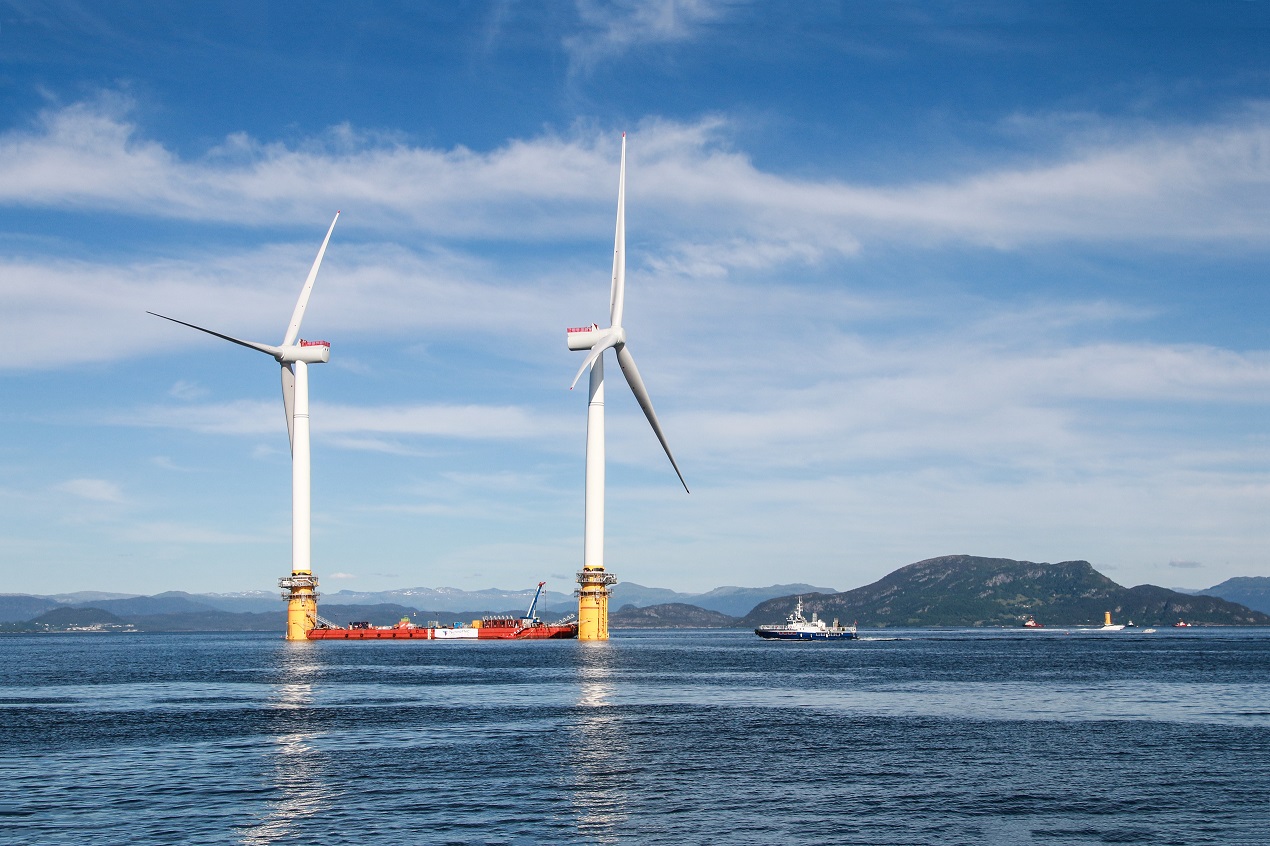A sea of opportunities: offshore wind energy arrives in Spain
Published on 30th March 2023
The disembarkment of offshore wind energy in Spain has been slow but it has arrived

On 28 February, the Council of Ministers passed Royal Decree 150/2023, approving the Maritime Spatial Management Plans ("POEM"), which designate areas of high potential for wind energy in each of Spain's five marine demarcations.
Previously, on 16 December 2022, the Strategic Environmental Declaration of the POEMs was published in the Official State Gazette. You can read more about the strategic environmental declaration of the POEMs here.
Specific areas for offshore wind development
POEMs set out, for each of the marine demarcations, specific areas in the Spanish territorial sea for the development of different activities, and distinguish between areas of priority use ("ZUPs") and areas of high potential ("ZAPs").
For the development of commercial offshore wind farms, the designated areas are the so-called High Potential Areas for Offshore Wind ("ZAPER"). The designation as a ZAPER is based on the following criteria:
- The wind resource is ideal for commercial operation, reaching wind speed values of over 7.5 metres/second, at a height of 100 metres for the four peninsular marine demarcations, and at a height of 140 metres in the marine demarcation of the Canary Islands.
- Water depths do not exceed 1,000 metres.
- They are, as far as possible, close to in-land with adequate evacuation infrastructure.
- They have been delimited as such in the POEMs.
- They are not located in environmental protected areas such as Special Protection Areas for Birds (SPA), Special Areas of Conservation (SPC), Sites of Community Importance (LICs), Natura 2000 network, areas of interest for the INTEMARES project, or critical areas for wildlife.
Criteria for the implementation of wind projects in ZAPER
In order to ensure the compatibility of commercial wind farms with other activities and uses, in particular with the protection of biodiversity and fishing, POEMs provide for a series of criteria to be considered in the development and operation of these offshore wind projects:
- Projects shall occupy the least sea space as possible, without compromising the power of the project, and respecting the distance between wind turbines.
- Developers must carry out an ad-hoc prospective analysis, prior to the development of the project, in order to designate the location of the project that will have the least impact on biodiversity and wildlife.
- Developers must carry out an environmental impact study containing, inter alia:
- Acoustic studies of average background noise levels, selecting the location with the least effect on birdlife;
- Wildlife study with a complete biological cycle of all the species present in the area where the project is to be developed, as well as in its area of influence;
- Characterisation of marine habitats affected by wind turbines and their evacuation infrastructure;
- Study of landscape impact and integration, considering the potential coastal and, where appropriate the marine observation point that may be of interest;
- Analysis of fishing activity in the area, and the possibilities for compatibility between energy generation and fishing activities;
- Cumulative and synergistic effects with other wind projects and other nearby activities likely to have an impact, especially on biodiversity.
- Developers shall consider environmentally and technically feasible alternatives in cases where the project and its evacuation infrastructure may overlap with Natura 2000 network areas.
- Developers shall develop projects in such a way as to minimise visual impact from the coastline, in particular from protected areas such as tourist areas, established residential areas and from coastal cultural assets.
- Developers shall take appropriate preventive, protective and corrective measures for the coexistence of the projects with other activities and uses of the sea such as aquaculture, fishing and shipping.
- For evacuation power lines, developers shall:
- Try to occupy least surface area as possible;
- Use of existing layouts, cabling or other infrastructure on the seabed.
- Avoid affecting habitats of community interest or other protected habitats, as well avoid areas of priority use for the protection of underwater cultural heritage, or where cultural heritage can be found.
- Developers may hybridise their offshore wind projects in ZAPERs with other marine energies.
Next regulatory steps for the development of offshore wind energy in Spain
The authorisation process for commercial offshore wind farms in Spain is currently suspended pursuant to the third additional provision of Royal Decree-law 12/2021, of 24 June, adopting urgent measures in the field of energy taxation and energy generation, and on the management of the regulation fee and the water use tariff. This suspension will be lifted when a new Royal Decree regulating electricity generation facilities located in the territorial sea is approved.
In accordance with the Government's Annual Regulatory Plan published on 31 January, the approval of the new Royal Decree will take place in 2023, and its objective will be to set out the rules for the authorisation of electricity generation facilities located in the territorial sea, in particular offshore wind power generation facilities.
The regulation will include both the authorisation procedures applicable to the electricity sector, as well as the rules and procedure for the occupation of the maritime-terrestrial public domain and, where appropriate, the economic regime applicable to offshore wind farms.
Should you wish to find out more about the new regulatory and energy sector legislation and its possible implications, please do not hesitate to contact one of our experts listed below or your usual contact at Osborne Clarke.






